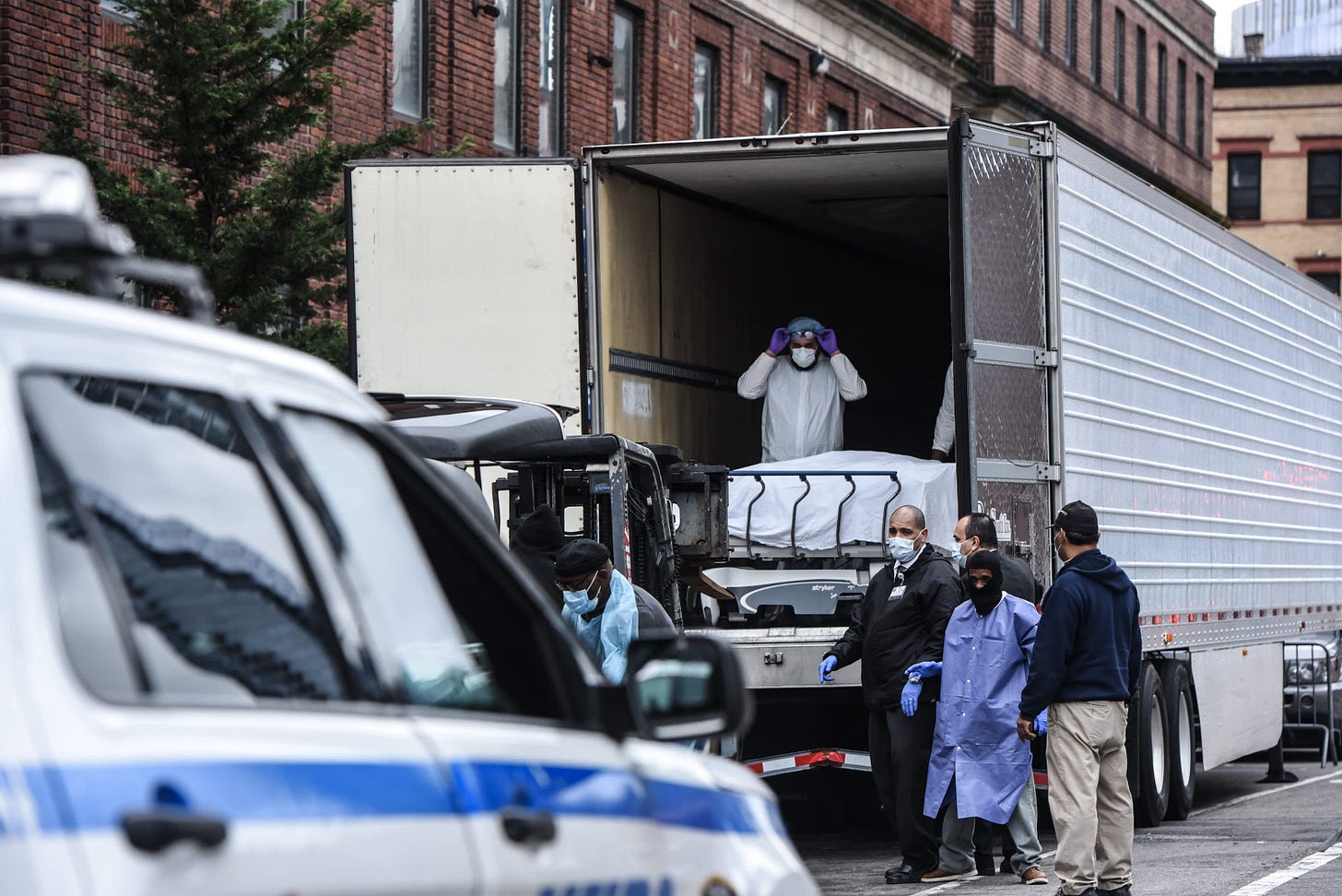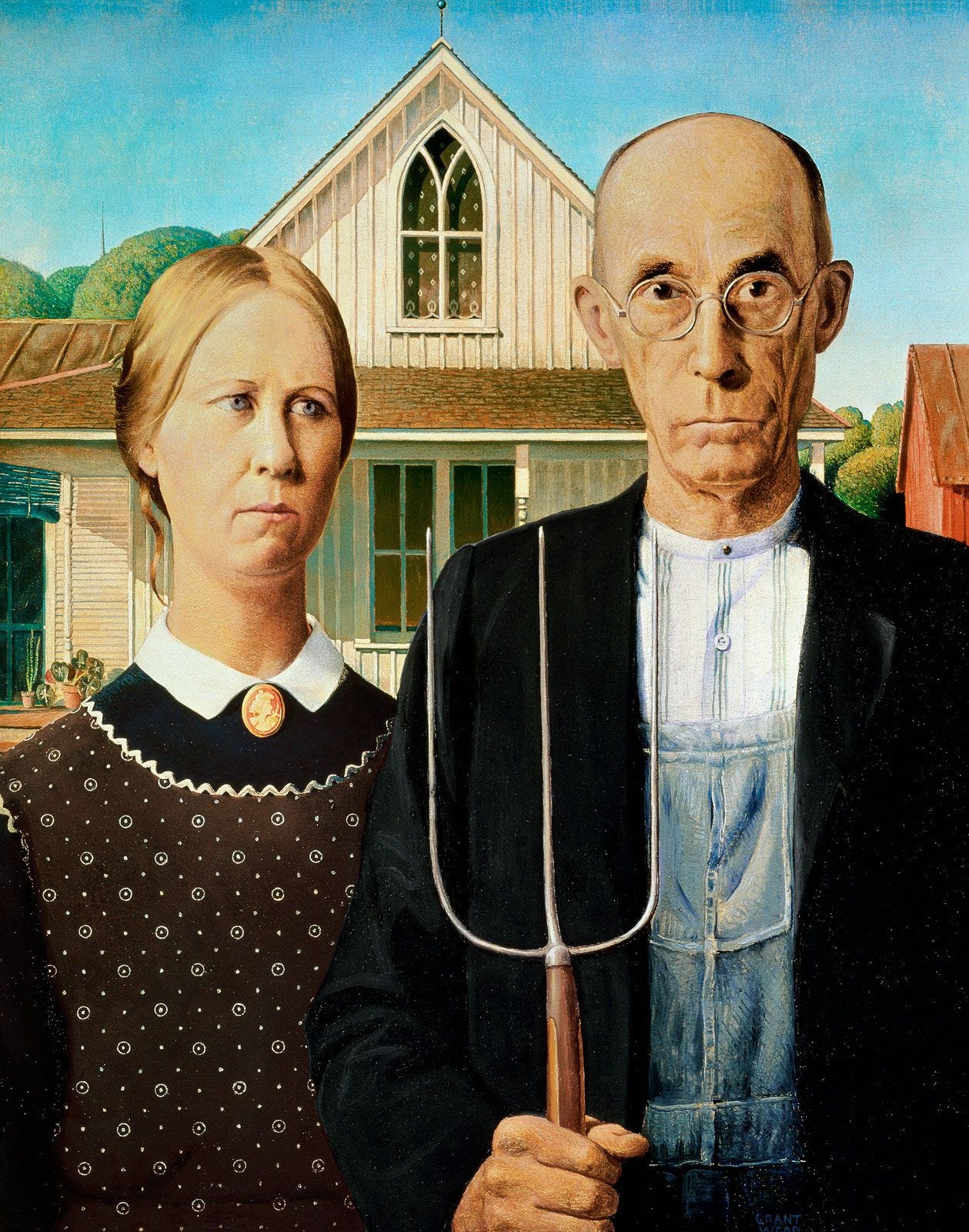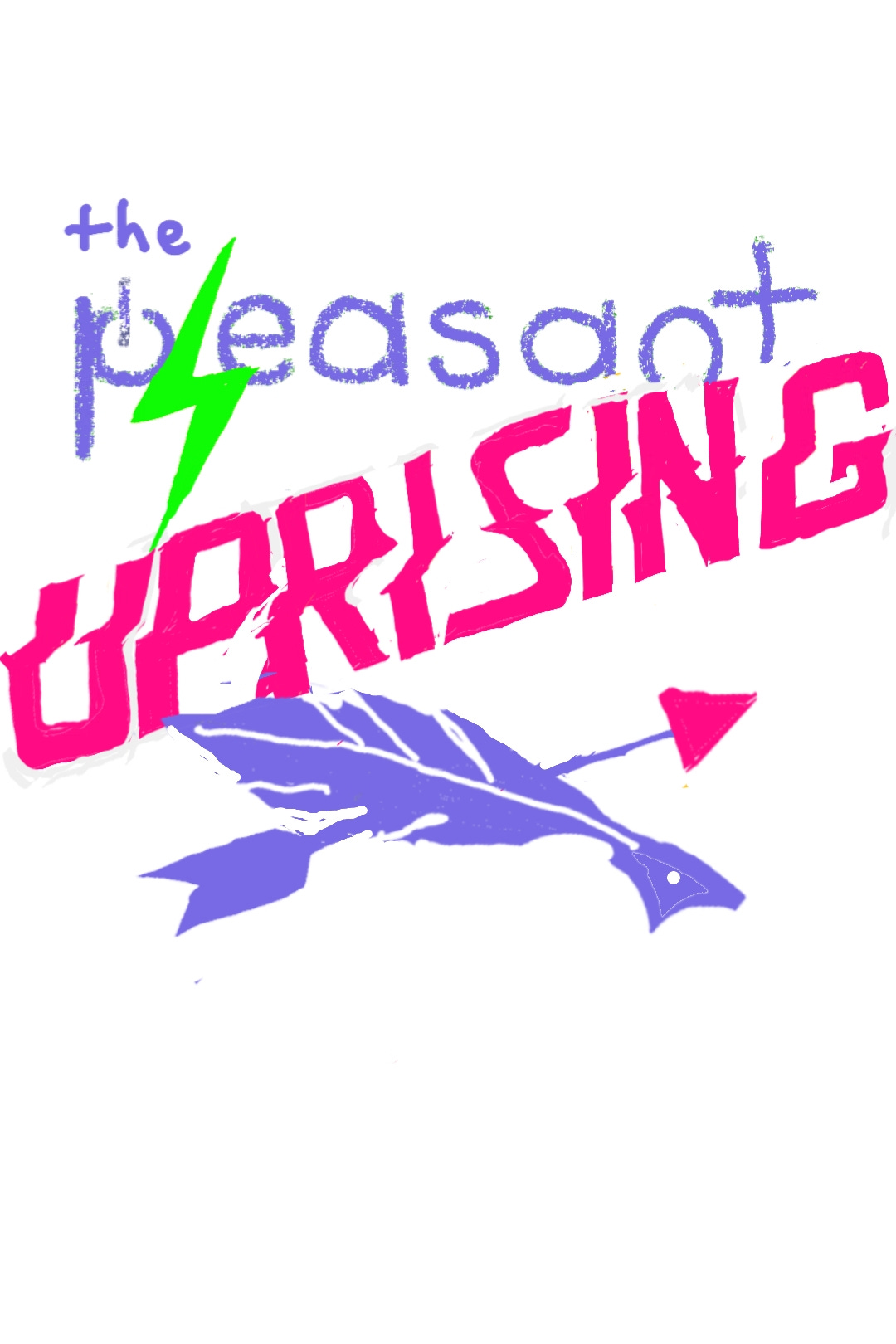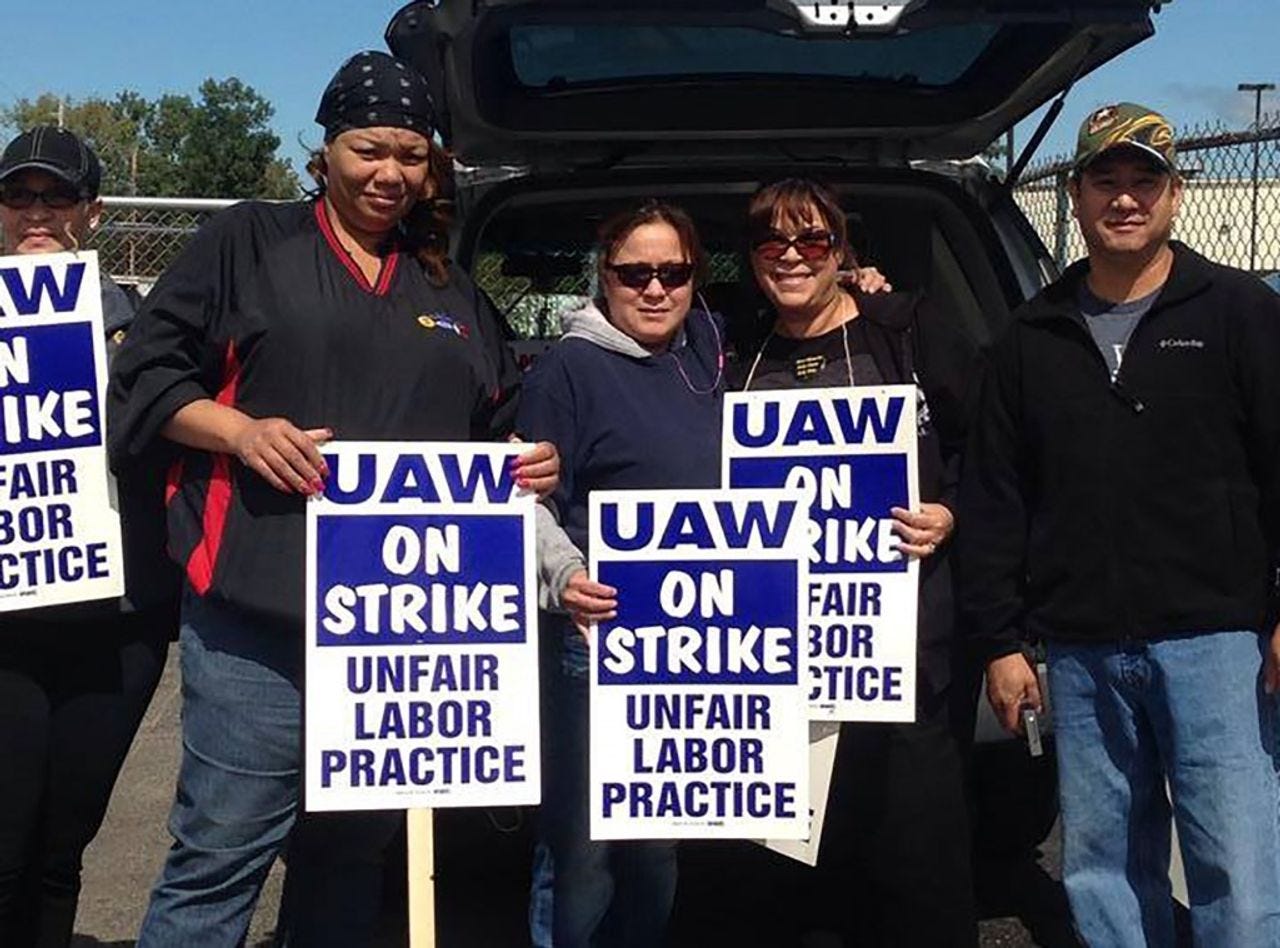[AJ Freeman *human byline art c/o yurazenvisuals*]
It’s…well, it’s a Tuesday afternoon, and since my boss has given me a pass on last week’s no-call no-show it’s time to get back On the Job!
In this week’s installment, we examine what was so damn important that I couldn’t spend 4 hours writing a newsletter for same-day publication a Tuesday ago as well as examining a much more significant labor stoppage.
I’m AJ Freeman, and “This Was a Real Job.”
These Weeks in Work: It’s My Life

The life of a human creative-type probably looks like a good time on the outside…and to be fair, it has its perks. I set my own schedule to the extent my rent payment date allows, get to be exactly what I said I wanted to be when I grew up, and hey, I get to wear some pretty sweet work uniforms along the way.
…but what people forget about pursuing the arts as an adult is that it is absolutely a Real Job, one that you must be paid for or else (“Hope Spot,” wk 35).
I’ve long thought about my place in the world of work long before my core competency as a writer was eclipsed by AI, and the closest analogy I’ve ever heard for the modern creative career is farming.
Like, no I don’t have to wake up before the Holy Spirit and spend all day lifting and shifting and bagging and dragging (and for that matter, neither do the “farmers” who make the most money from our food supply, CEO of ConAgra doesn’t wear overalls).
Still, there are some parallels to be drawn: tireless labor, repetitive tasks, meticulous planning, just staggering levels of consistent effort that on many days may seem entirely pointless. The mental anguish—and resulting diet—of a failing crop is always on the table…and still, you must tend to the field each day.
All this so you can one undefined day in the future, maybe just maybe, see some of those seeds sprout defiantly into a world aflame…and so, I’m happy to report that I have apparently arrived at the more interesting end of this analogy.
It seems like much more recent than than last week that I secured my first distribution deal for my book, “64 to Infinity: Love Letters in Crayon.”

In case you’ve never ventured over to my other Substack project—my bestseller, in fact—it’s a history of human culture and life on our planet as wrapped around a familiar 64-entry crayon canon, and although I was able to sell all 100 original print run copies back in December 2021, the $2500 printing cost isn’t something I’ve often had in one place over my adult life…only took a whole-ass pandemic.
Of course, I’m ecstatic about this latest development, but it doesn’t mean I love this publication any less…it is, if you ask me, by far the most truthful and relevant. It fills my spirit to write, and so I want to make it clear that “This Was a Real Job” will continue to arrive in your inbox regularly for as long as you’ll have it.
That being so dramatically declared, as you can tell from all the typos, this is a one-man operation…I am lead human writer, chief editor, head of marketing, HR czar, and deviser of titles here at “This Was a Real Job.”
A series of serendipitious meetings led to such a fantastic outcome as a fucking book deal, but ya generally don’t get serendipity without pounding the pavement a little…and that means occasionally, I might publish late while I address matters that can’t be solved with clicks and keystrokes.
It’s as much asking me to forgive me for it as it is asking you to…the mandatory productivity of internalized capitalism is a mf.
Oh yeah, also I’m starting a band, but I guess I don’t expect to make any money doing that…we all know musicians whose marketing campaigns can’t fill a football stadium don’t get paid shit, but it’ll look good on my extracurriculars.
Also totally get that you may not have subscribed to hear about my bar band and other weekly after-work shenanigans, so I’ve created another section of this Substack entitled “Vibrant Vices” to keep my work life separate even though there’s some confusion about where one ends and the other begins.
Lookit, I don’t have to tell you it’s been a long, strange year for one Austin J. Freeman. I’ve chronicled it here in this space.
Since AI took my main job in the first months of 2023, it’s been a hell of a ride for society at large…which, as many so obtusely fail to grasp, affects every individual participating in it.
That means there have been and will probably continue to be significant shifts in my everyday life, ones that may prevent me from writing and editing…but you can rest assured that as long as there is breath in my body and a job to be done by humans, folks like me will be On the Job…which is a very cute way of saying I never expect to retire, but like I said I used to be a professional writer.
Maybe Update Your Resume: C-Suite?

Jokes about automating CEOs—a company’s highest labor cost liability—extend about as far back as modern automation, but soon might hit a little too close to home for someone whose skillset is “externalize cost.”
A recent head-to-head competition between MBA students at a major institution and ChatGPT yielded thoroughly unsurprising results: the AI signifciantly outperformed its humanoid counterparts.
The students were challenged to devise 200 ideas marketable to members of their own demographic—college students—and the same assignment was given to a literal chatbot.
100 of the AI’s ideas were generated with no context or other parameters besides the baseline rules, and 100 of them resulted from “seeding” of good product examples, the same way the founders of Lyft were “seeded” with the concept of Uber.
The data was undeniable…when the 200 ideas from both MBAs and the machine were put to the test in a blind public survey, the marketplace preferred ChatGPT’s ideas. The difference was fairly significant as well, with the “purchase probability” of AI’s various product ideas ranging from 47 (unseeded) to 49 (seeded) percent compared with a middling 40 for the MBA students.
Nobody understands how substantial a 7 percent increase in revenue can be quite like a business student…as anyone who enjoys bananas should know, extrajudicial government interventions have been committed for less.
This means that with the oft-lauded visionary skills of C-Suite executives, rare and arcane powers that see them paid 399 times the salary of a typical employee as of 2021, it must be increasingly apparent that the biggest obstacle to organizational growth stands in the mirror every morning.
Perhaps one day in the not-too-distant future, some semi-sentient suit racks will have to put on more practical costumes and find jobs that more directly benefit society in its current shape or simply starve and die in the streets, n’est-ce pas?
Hope Spot: Unions in the Driver’s Seat
The last few years have seen an appreciable evolution in the worker’s relationship to their work…nothing offers career perspective like realizing for a fact that any number of things could suddenly kill you for no reason at all.

From the remote work revolution to skyrocketing turnover at bullshit paper hat jobs, there has been a palpable shift in worker attitudes since 2019 or so: life is likely finite, better make the most of it.
One of the most visible signs of widespread dissatisfaction with the employment status quo is the sharp increase in labor action in the post-2020 world. From the ongoing Hollywood Talent Strike to various lower-profile work stoppages around the world, it’s plain to see that an increasing percentage of people have had quite enough of this shit for one lifetime.
The latest major domestic development in the labor struggle is the active United Auto Workers strike that has brought operations at Detroit’s Big Three automakers to American city traffic speeds.
As of last Thursday, thousands of union members have taken to the picket lines with demands that finally inspire hope. A 40 percent wage increase to match the increased salaries of CEOs at Ford, GM, and whatever the hell a Stellantis is. Added sick time and benefits, as is traditional.
…but what puts this labor action above the rest in my heart is their most contentious demand: a 32-hour work week with no change in pay.
As the strike moves through its fourth business day, I find myself reflecting on the poetry of the 4-day work week finally entering public consciousness in the US through the same industry that has historically delivered so many advances in the employment environment: the automotive industry.
You see, way back in 1926 antisemitic industrialist Henry Ford eventually realized that his employees would buy more cars if they had money to buy one and time to drive it. Wages thereby increased, and on 1 May, the 40-hour work week was born (which is yet another reason why Fake Labor Day is an insult to the working class, but I went over that last episode).
You kinda have to wonder how the hell the 40-hour work week lasted about a century without further paring.
The most buoyant aspect of this high-stakes labor action is the effect that it could have on other industries. If the UAW is able to achieve the improbable and secure a 32-hour work week for its members, the ripple effect could be tremendous…just like the first time, when the struggle of auto workers won workers the radical-left concept now known as “weekend.”
If the UAW wins this fight, across industries the message here will be very clear: start figuring out how to match the newest offers on the table or folks can just go assemble windshield wipers in Michigan for what amounts to at least full 20 percent pay increase.
It’s a powerful demonstration of how collective bargaining is effective bargaining.
My soul and mind disagree on the forthcoming victor in this new permutation of the class struggle, but hope is what gets me out of bed so as always I’m riding with the worker…here’s hoping the UAW can help take us where we want to go.







